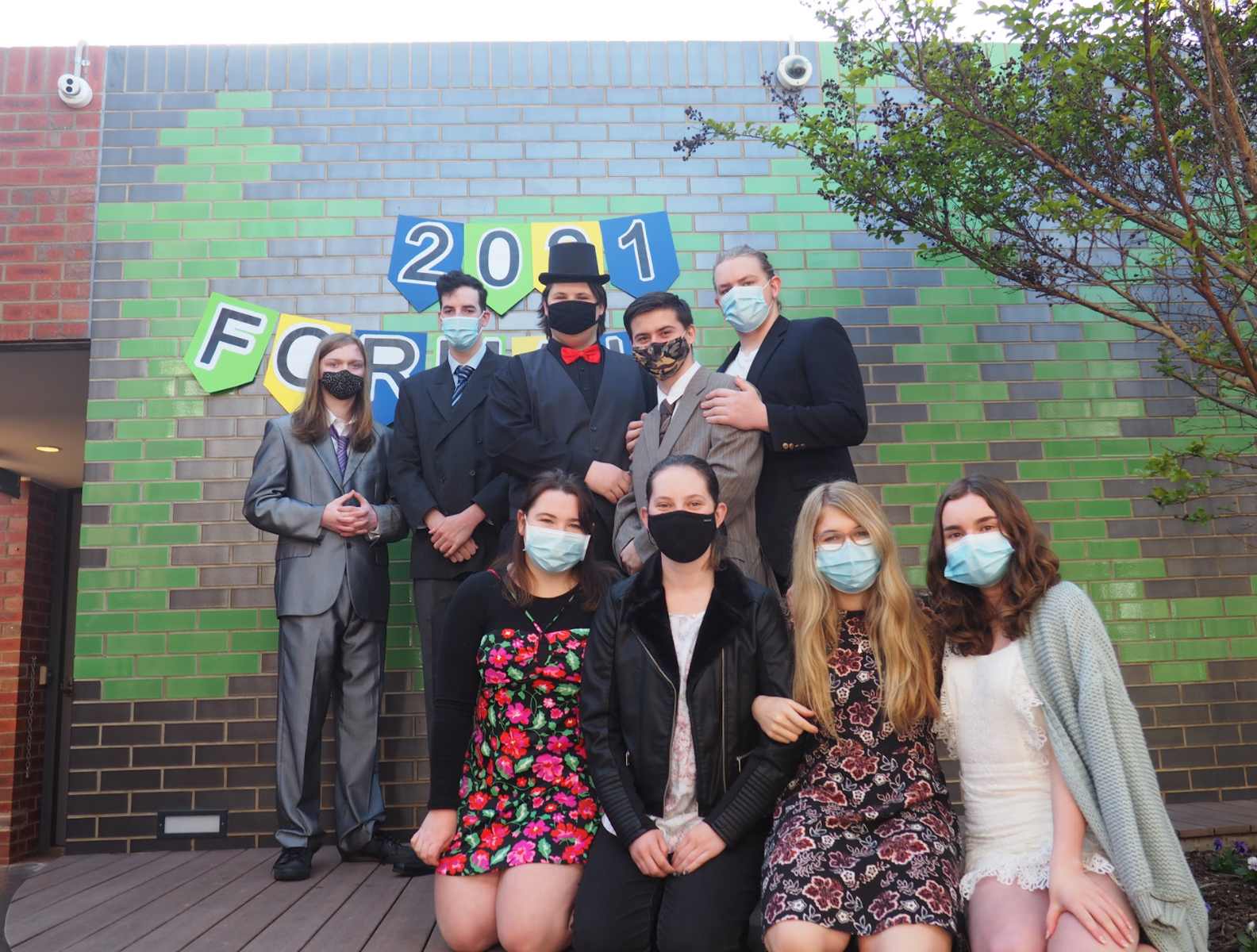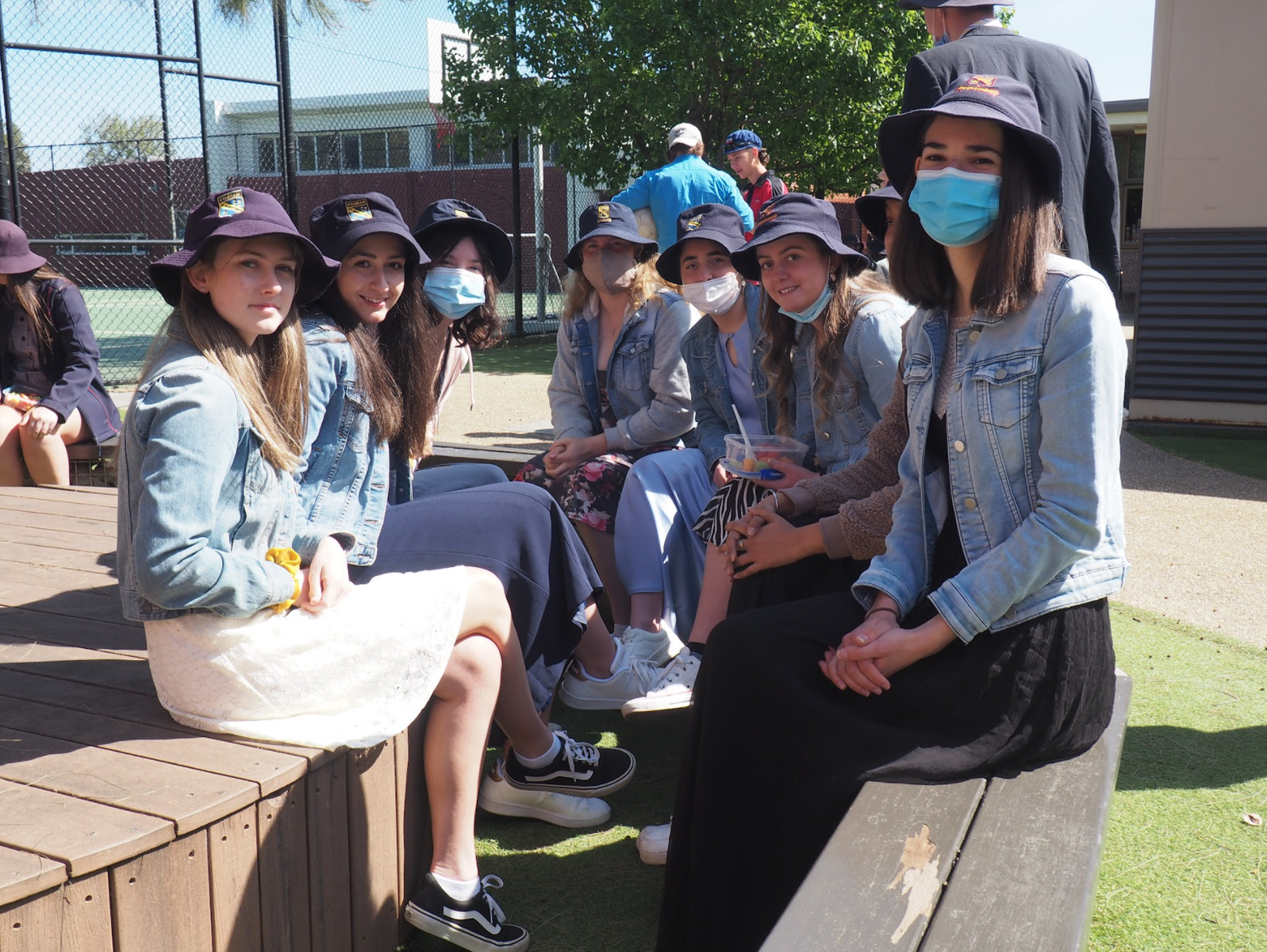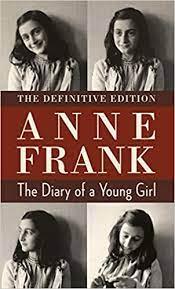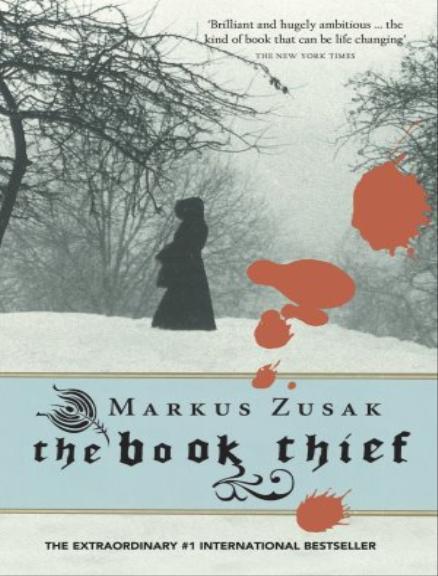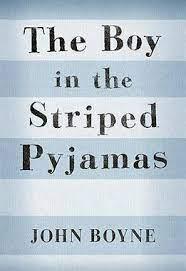9-12 Community News

It feels like it has been a long time coming, but this week, we were excited to welcome back ALL of our 9-12 students, albeit in a staggered return. Year 12s have been back on site since the end of Term 3; Year 11s commenced Wednesday of Week 1; and the Years 9 and 10s have returned to school for two days each this week. Staff were excited to greet their students and get back into the classroom. Students were excited to see their friends. (And, possibly, parents were glad to get their houses back.) Our classrooms are once again full of happy and engaged students and it is great to see so many, mask wearing but smiling, faces in the yard, that is once again filled with laughter and energy.
The final stages of our senior students’ year are rapidly approaching and the students have begun to ‘tick off’ some of the landmark events of their final term. Years 11 and 12 students completing Unit 3 & 4 subjects undertook the General Achievement Test (the GAT) last week, after four previous postponements. This important test is used as one of the measures by which students’ VCE results are moderated. This year, along with a range of other measures that will be taken into account, the GAT plays an even more significant role in ensuring that all of our students are able to complete their VCE/VET and VCAL courses successfully.
The on-going situation with Covid-19 continues to throw challenges to us and, as we have done all year, we will all continue to adapt and adjust to whatever challenge is presented to us. And, while our Year 12s look to the end of their studies and their exams, they are also looking to celebrate their achievements. While the way in which we can celebrate and acknowledge the many milestones for all of our students may be different this year, we will continue to adapt and adjust to ensure that the final term of 2021 is a memorable and enjoyable one for all of our students. Last week, our Year 12s held a ‘formal’ dress up event and this week it was back to the future with an 80’s themed dress up day. It was lovely to see all our students and staff enjoying these dress up days and creating many memories to treasure for years to come. We look forward to seeing what next week’s theme will be and, of course, the costumes our Year 12’s will wear on their very last day of attendance on Wednesday 20th October.
We look forward to the next few weeks when we are able to welcome every year level back full time and we wish our Year 12s and those studying Unit 4 subjects all the very best with the upcoming examination period.
Michelle Downie Brad Downie
9-12 Community Leader 9-12 Community Leader
Wellbeing & Community Student Learning and Professional Practice
Year 9 Literature
20th and 21st Century Literature by Bella Isaac
Many of the novels written in the 20th and 21st Centuries relate to key events in history, such as WWII. For example, “The Diary of a Young Girl” (1947) by Anne Frank reveals the first-hand experience of a young Jewish girl in hiding during WWII. Differently, “The Book Thief” (2005) by Markus Zusak offers an alternative perspective of the life and times of Germany during WWII, however, this text provides insight from a non-Jewish viewpoint. Whereas, “The Boy in the Striped Pyjamas” (2006) by John Boyne provides an alternative viewpoint in relation to WWII and how the Germans treated the Jews. Each of these texts gives us insight into how different people across a wide range of society felt towards their unique situations, encompassing how literature from this time period was written.
Specifically, “The Diary of a Young Girl” (1947) by Anne Frank, reveals the first-hand experience of a young Jewish girl in hiding during WWII. In this narrative, Anne Frank and her family are forced to hide in the attic of Otto’s shop, “Father began to talk about going into hiding. He said it would be very hard for us to live cut off from the rest of the world. ” whereby, they are later joined by the Van Dann family and the dentist Mr Dussel. To avoid capture, those hiding in the attic had to be silent during the day, ”Last night the four of us went down to the private office and listened to England on the radio. I was so scared someone might hear it that I literally begged Father to take me back upstairs.” and had various restrictions regarding showering and toileting. In addition, when Mr Dussel came, they were short on space, leaving Anne to share a room with him, “to be honest, I'm not exactly delighted at having a stranger use my things” proving that Anne found it hard to get time alone and difficult to live with someone so vastly different from her. Unfortunately, these measures prove futile when sadly Anne and her family were discovered and all eventually were killed; fortunately Anne Frank’s diary was later discovered by Otto Frank and published to the world.
Differently, “The Book Thief” (2005) by Markus Zusak offers an alternative perspective of the life and times of Germany during WWII, however, this text provides insight from a non-Jewish viewpoint. In this narrative, the protagonist Liesel Meminger’s brother dies and evidently, her mother is forced to foster Liesel to Hans and Rosa Hubermann, interestingly the first novel that Liesel steals is at the trailside funeral of her brother, “The book thief had struck for the first time the beginning of an illustrious career.” sparking her initial interest in learning. During Liesel’s time with the Hubermann’s, Liesel forms a bond with Han’s who teachers Liesel to read and write, evident with the alphabet written in chalk in the basement “As for the girl, there was a sudden desire to read it that she didn't even attempt to understand” forming Liesel’s ability to read and write. Max would also read to Liesel and over time they created a brother-sister like bond over books. Later in the text, while delivering laundry, Liesel encounters Ilsa Hermann and is acquainted with her library, after the employment ceases Liesel continues to steal novels, even breaking into the Hermann’s house, “Books everywhere! Each wall was armed with overcrowded yet immaculate shelving. It was barely possible to see the paintwork. There were all different styles and sizes of lettering on the spines of the black, the red, the grey, the every-coloured books. It was one of the most beautiful things Liesel Meminger had ever seen.” indicating the awe that Liesel related back to books. Unfortunately, Liesel’s village is bombed and sadly Hans and Rosa Hubermann, and her close friend Rudy Steiner die, even in the rubble Liesel steals a novel and then is reunited with Ilsa Hermann. The novel ends in Australia when Liesel is 90, here the narrator “Death” reminisces of Liesel’s courageous life and her tenacity to survive the hardships of WWII.
Whereas, “The Boy in the Striped Pyjamas” (2006) by John Boyne, provides an alternative viewpoint in relation to WWII and how the German’s treated the Jews. For example, Ralf, Bruno's father is one of the head soldiers in charge of the camp for Jews,” The man who employs him asks him to go somewhere else because there's a very special job that needs doing there.” making his job seem honourable to his family. In this narrative the protagonist Bruno loves exploring, and naturally, since he isn’t allowed behind the house, that’s where he wants to go,
“It's so unfair, I don't see why I have to be stuck over here on this side of the fence where there's no one to talk to and no one to play with and you get to have dozens of friends are probably playing for hours every day, I'll have to speak to Father about it.” overtime his curiosity about the camp grew and eventually made his way over. The Jewish boy named Shmuel introduced Bruno to a world that he had never been exposed to, a world of good and evil, “We're not supposed to be friends, you and me. We're meant to be enemies. Did you know that?” Proving that the boys had little understanding of why the world was the way it was. Differently, Bruno’s sister Gretel is patriotic to Germany and Hitler, “We should be prouder of Dad now more than ever before. He's making the country great again.” Proving that she was oblivious to what her father and Hitler were doing. Therefore, Boyne explores WWII with a confronting narrative that highlights to readers the harsh treatment of the Jews, whilst suggesting that it is possible to forgive and that in fact Germans and even Jews can be friends.
In summary, many of the novels written in the 20th and 21st Centuries relate to key events in history, such as WWII. For example, “The Diary of a Young Girl” (1947) by Anne Frank reveals the first-hand experience of a young Jewish girl in hiding during WWII. Differently, “The Book Thief” (2005) by Markus Zusak offers an alternative perspective of the life and times of Germany during WWII, however, this text provides insight from a non-Jewish viewpoint. Whereas, “The Boy in the Striped Pyjamas” ( 2006) by John Boyne provides an alternative viewpoint in relation to WWII and how the German’s treated the Jews.






